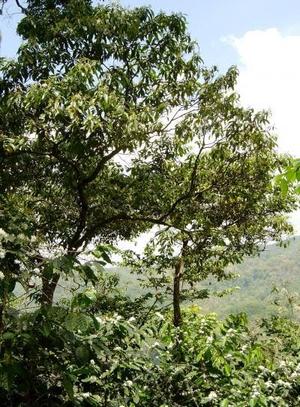RoboticsFlying robots imitate honey bees in complex maneuvers
Scientists have developed a novel autopilot that guides aircraft through complex aerobatic maneuvers by watching the horizon as a honey bee does

Bees orient attitude by differentiating sky from ground colors // Source: 13point7billion.org
Australian scientists have developed a novel autopilot that guides aircraft through complex aerobatic maneuvers by watching the horizon as a honey bee does.
Allowing aircraft quickly to sense which way is “up” by imitating how honeybees see, engineers and researchers at the Vision Center, Queensland Brain Institute and the School of Information Technology and Electrical Engineering at the University of Queensland have made it possible for planes to guide themselves through extreme maneuvers, including the loop, the barrel roll and the Immelmann turn, with speed, deftness, and precision.
“Current aircraft use gyroscopes to work out their orientation, but they are not always reliable, as the errors accumulate over long distances,” said Vision Centre researcher Saul Thurrowgood. “Our system, which takes 1000ths of a second to directly measure the position of the horizon, is much faster at calculating position, and more accurate.”
“With exact information about the aircraft’s surroundings delivered in negligible time, the plane can focus on other tasks.”
A University of Queensland release reports that the group first “trained” the system to recognize the sky and the ground by feeding hundreds of different landscape images to it and teaching to it compare the blue color of the sky with red-green colors of the ground.
Simple, low resolution cameras that are similar to a bee’s visual system are then attached to the aircraft, allowing the plane to take its own landscape pictures to identify the horizon while flying.
“Imagine a plane that has eyes attached to each side at the front – the wide-angle camera lenses provide a view of 360 degrees.”
Thurrowgood says that the challenge was to figure out the optimal resolution of images that will allow the system to both locate the horizon quickly and not compromise the accuracy of its information.
“The measurement process can certainly be quickened – we only have to adjust the cameras to take images with a smaller resolution,” he says. “However, it won’t produce the same quality of data, so the key is to find an optimal resolution where you have both speed and quality.”
Testing the aircraft in an air field, the unmanned plane was directed to perform three aerobatic movements, the barrel roll, Immelmann turn and a full loop.
“We had two pieces of evidence that it worked out — first, the plane didn’t crash and second, the system’s identification of the horizon matched with what we measured ourselves.”
Thurrowgood says that the system can potentially be adapted for all types of aircraft — including military, sporting and commercial planes. “We have created an autopilot that overcomes the errors generated from gyroscopes by imitating a biological system — the honeybees,” says Professor Mandyam Srinivasan.
“Although we don’t fully understand how these insects work, we know that they are good at stabilizing themselves while making complicated flight maneuvers by watching the horizon.”
“This project required tremendous effort, as separating the sky from the ground visually is not always as easy as we imagine — it can be difficult to pick out the horizon, so my hat’s off to Thurrowgood for achieving this.”
The release notes that the group will be presenting their paper UAV attitude control using the visual horizon today at the Eleventh Australasian Conference on Robotics and Automation. Videos of the test flights are also available from the group.
The Vision Centre is funded by the Australian Research Council as the ARC Centre of Excellence in Vision Science.
